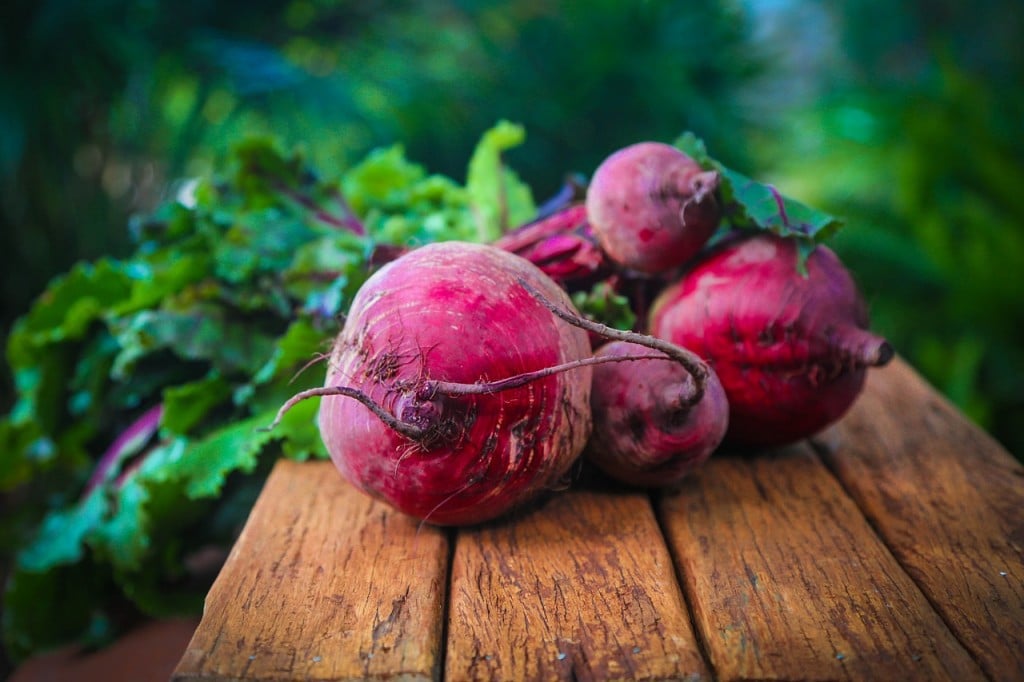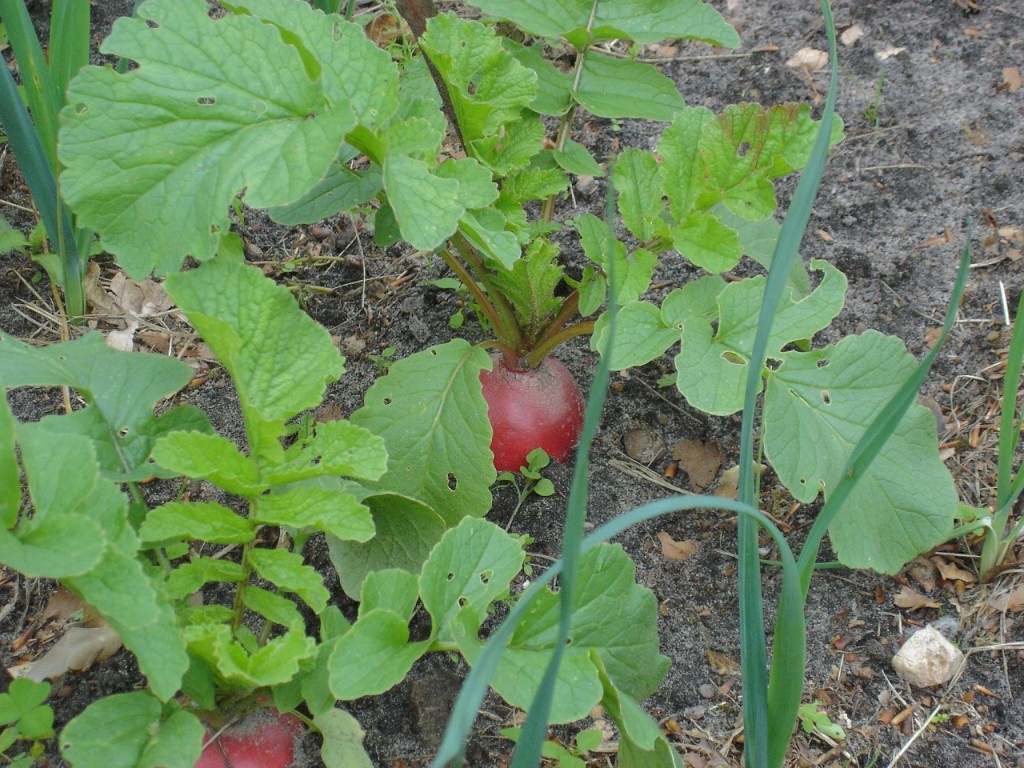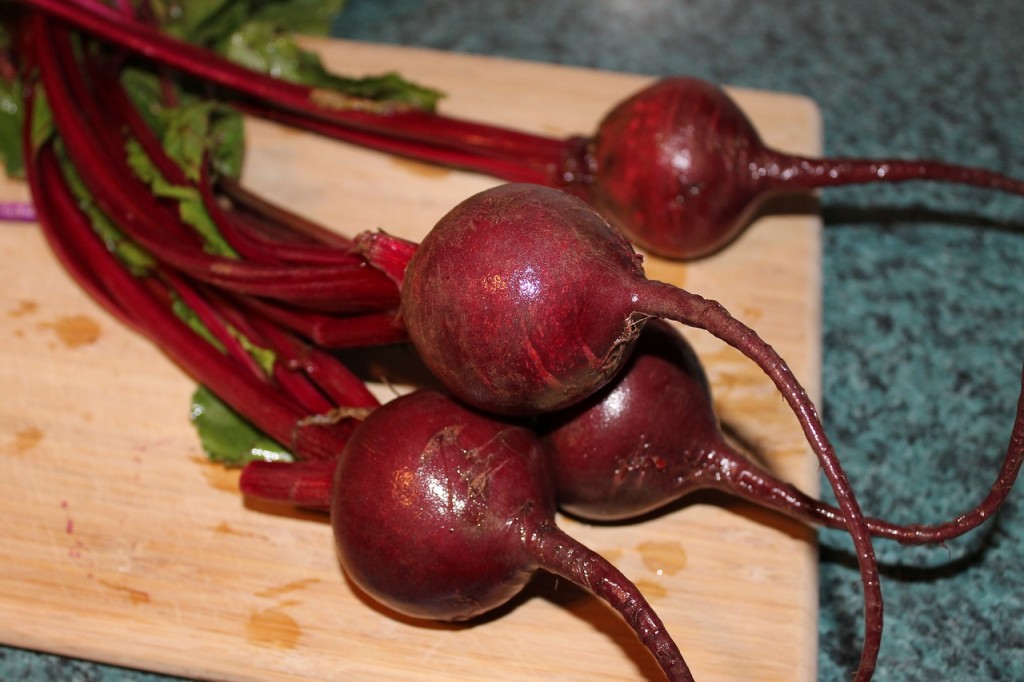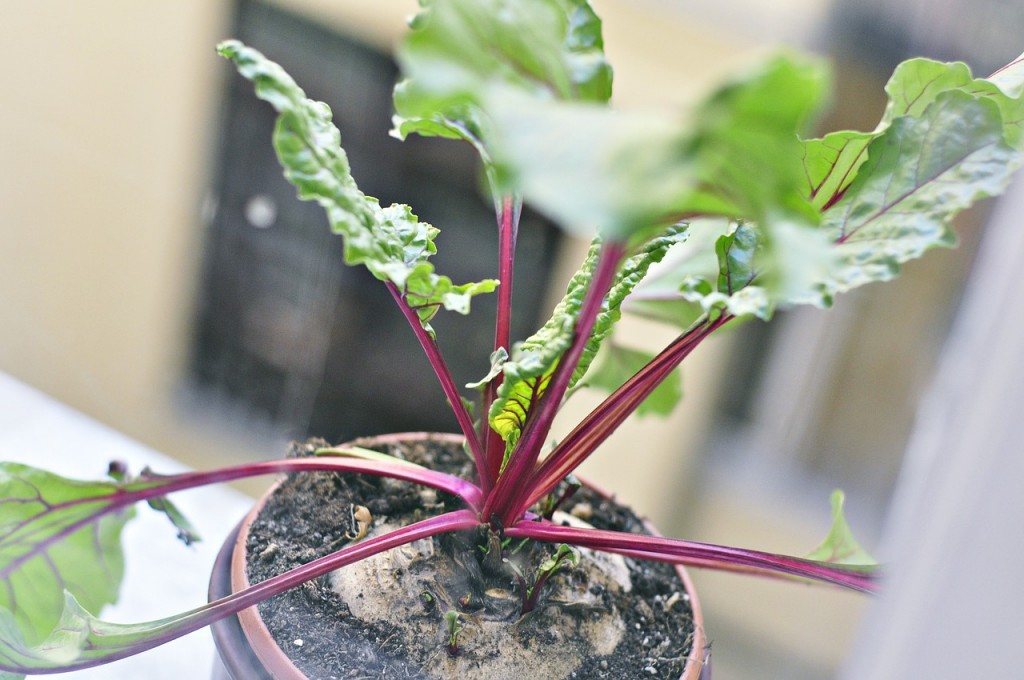
Colourful beetroot has made a comeback! No longer seen simply as a root veg only good for pickling, it is now eaten raw – roots, stems and leaves – as well as in many traditional recipes such as borscht and as an ingredient in wines and cakes. Of course it is delicious when served hot with other vegetables, too
Pests and diseases
Birds will attack young seedlings; netting the crop will keep them at bay.
Slugs and snails will nibble the leaves and roots and can be deterred with animal friendly slug pellets (eg Growing Success Advanced Slug Killer), barriers or traps.
Blackfly occasionally infest the foliage and growing point of the plants. Spray as soon as they are seen.
First loved as a dessert rather than a savoury or salad ingredient (the young roots are sweet and delicious) it then became a stalwart of the humble British salad. Recently however, it has been rediscovered and has been propelled to the heady status of gourmet veg.
Propagation

Early sowings are prone to bolting (running to seed prematurely). Sow seeds 5cm (2in) apart in rows 23cm (9in) apart. If growing a multi-germ type be prepared to thin seedlings.
Growing on
Protect early sowings with a cloche or fleece, scattering some animal friendly slug pellets lightly over the soil prior to covering. Later sowings can be covered with wire netting or similar just to deter birds.
When the seedlings are large enough to handle easily, thin them out. If growing a multi-germ variety, thin the clumps to one seedling per station where wanted for roots.
Thinning is less important if the plants are to be harvested as a salad leaf. Allow 5cm (2in) between roots intended for pickling, 10cm (4in) between roots for salads or cooking.
Weed regularly to prevent competition for light and water. Water thoroughly during dry spells especially when the roots begin to swell to prevent any growth checks and repeat this every 14 days or so.
Any checks in growth may cause plants to bolt and roots to become woody or to split when they are watered.
Plants should not require further feeding unless they show any signs of deficiencies such as pale or mottled leaves or poor growth in which case they can be given a foliar feed with a tomato or seaweed-based fertiliser containing a good range of trace elements, particularly manganese and boron.
Similarly it is important not to allow cell-raised plants to suffer checks; plant out when the soil is sufficiently warm, hardening them off thoroughly beforehand by placing in a cold frame for a week or two prior to planting.
Make sure plants are planted into their final positions before the roots start to coil around the compost in the cell and take care to disturb them as little as possible.
Harvesting

Beetroot should be ready to harvest within about 12 weeks in the case of round-rooted varieties and 16weeks in the case of the long rooted types.
Go through the rows harvesting the largest roots first allowing the rest to develop further. Watering the rows thoroughly the day prior to harvesting can help you to lift the roots with the least disturbance to the remaining plants.
Lift carefully – long-rooted varieties will need a fork underneath them to aid lifting without damage since any bruises or cuts will bleed, draining the colour from the roots as they are cooked.
To remove the leaves grasp them firmly above the root and twist with the other hand to prevent damage to the top of the root, again to prevent bleeding during cooking.
Varieties
Monogerm
Monogerm varieties are bred to produce one seedling per seed reducing the need to thin.
‘Monorubra‘: A long-rooted variety with deep red roots and good internal colour.
‘Moneta’: Red beet producing medium-sized roots. Good resistance to bolting.
Multigerm
Traditional varieties have corky ‘seeds’ which are actually fruits containing three or four seeds so need to be thinned back to one seedling.
‘Chioggia’: Red roots on the outside, white flesh marked with distinctive red rings inside. Sweet tasting. Widely available
‘Boltardy’: The classic red beetroot, ideal for early sowing, thanks to its inherent bolt resistance. Widely available
‘Cylindra’: A popular long-rooted variety. Good keeper and sweet to taste. Widely available.
‘Detroit 2’: A tried and tested variety that has been around for a long time, but is popular for its early, heavy crops of round red roots.
‘Cheltenham Green Top’: Long tapering roots with dark red flesh. Very hardy.
‘Burpee’s Golden’: Distinctive orange-yellow roots. Well flavoured and no bleeding on cooking.
‘Pronto’: Baby beet with deep red flesh. Sow tote beginning of July for late crops.
‘Red Ace F1’: Quality redroots which are slow to become woody.



